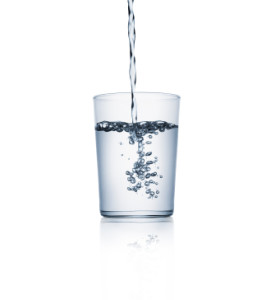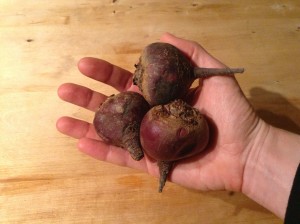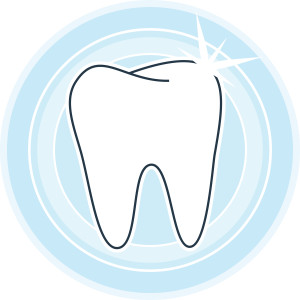Baby Feeding: What Does it Mean When I See Whole Pieces?
/ Thank you to the parent at a recent workshop in Victoria BC who asked this baby feeding question: "What does it mean when I see whole pieces of food in my baby’s poop?" It’s amazing the topics of conversation that you have once becoming a parent, eh?!
This Mom had recently started feeding her baby finger foods and was seeing pieces of food in her baby’s diaper. It’s often not talked about, but when you start to feed your baby solid foods, you will see a change in their bowel movements.
Thank you to the parent at a recent workshop in Victoria BC who asked this baby feeding question: "What does it mean when I see whole pieces of food in my baby’s poop?" It’s amazing the topics of conversation that you have once becoming a parent, eh?!
This Mom had recently started feeding her baby finger foods and was seeing pieces of food in her baby’s diaper. It’s often not talked about, but when you start to feed your baby solid foods, you will see a change in their bowel movements.
When it comes to baby feeding: Change what’s going in and it’ll change what comes out the other end.
It’s normal for babies to have smellier and more solid bowel movements once they start eating solid foods. This will be particularly noticeable if you were exclusively breastfeeding your baby before introducing solid foods.
It’s also normal for bowel movements to be less frequent. They may not be every day. This doesn’t mean that your baby is constipated. It’s the normal transition from very quickly digested (and naturally low fibre) breastmilk or formula to solids which require more digestion.
Signs of constipation include your baby straining (which is different than the (hilarious) “I’m concentrating” face that many babies make) or being in pain when having a bowel movement.
Baby Feeding: So, What Does it Mean When You See Whole Pieces?
To get back to this Mom’s question, it’s normal to see whole pieces of food in your baby’s poop. Corn is a classic for making diaper appearances. It just means that they swallowed the piece without chewing/mashing it enough for their stomach and intestine to digest it. There’s no harm in this. It’s part of the process of learning to eat.
Another bowel movement appearance that shocks and worries many parents for the first time happens after eating beets. Beets will cause baby’s poop to be dark red. It’s not blood. It’s just the molecules that make beets ruby red coming out the other end. These same molecules can cause urine to be pink too.
The Mom went on to ask me if their baby got any nutrition from the pieces of food. The answer is, for the most part no. The food’s passed through largely undigested so their body didn’t have the opportunity to absorb the nutrients from this piece.
In summary, as your baby starts to eat more solid foods, expect their bowel movements to change.
Looking for more help with feeding your baby? Check out my In-Home Instruction service.


 {Guest Post at
{Guest Post at  Thank you to the VIP who asked this question: "Does my 7 month old baby need water?". The short answer is: No. Seven month olds don’t
Thank you to the VIP who asked this question: "Does my 7 month old baby need water?". The short answer is: No. Seven month olds don’t Aah, beets. These versatile root veggies are one of my favourites! As a dietitian, part of my job is to know how to prepare healthy foods like beets. So I’m sharing a couple of my favourite ways to use them. A classic storage, root veggie, you can find local ones (fairly cheap) throughout the winter here in Victoria, BC.
Aah, beets. These versatile root veggies are one of my favourites! As a dietitian, part of my job is to know how to prepare healthy foods like beets. So I’m sharing a couple of my favourite ways to use them. A classic storage, root veggie, you can find local ones (fairly cheap) throughout the winter here in Victoria, BC.
 Thank you to the parent who asked me this week’s question: "My baby doesn’t have any teeth yet. Can I give her finger foods?" The short answer is: yes!
You don’t need to wait until a baby has teeth before giving finger foods.
Thank you to the parent who asked me this week’s question: "My baby doesn’t have any teeth yet. Can I give her finger foods?" The short answer is: yes!
You don’t need to wait until a baby has teeth before giving finger foods.